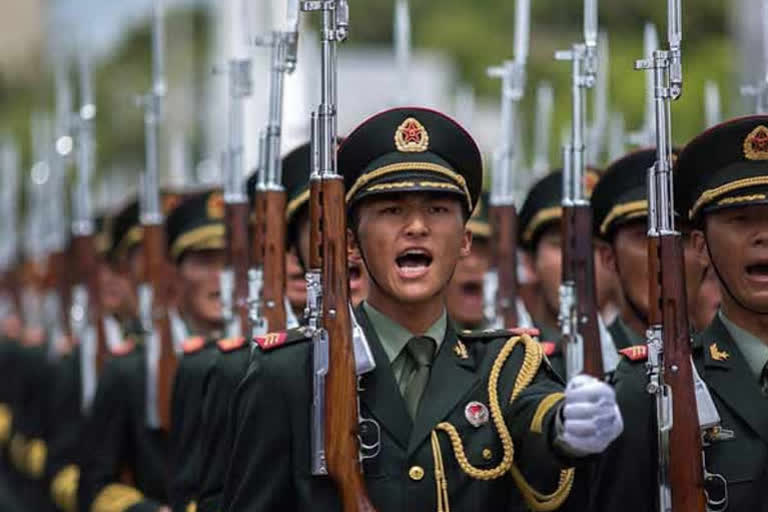New Delhi: It is indeed an apt metaphor for the changing face of China, known to be the home of the ‘Kung Fu’ style of martial art, a fighting style known to be gentle and impassive, yet ferocious and strong.
On Saturday, Chinese state-owned media including a TV Channel and a news daily reported that a newly-raised team of Mixed Martial Arts (MMA) experts were already training PLA soldiers deployed in Tibet, mostly in the contested border with India.
The MMA-trained squads would be organized under the Lhasa-headquartered ‘Plateau Resistance Tibetan Mastiffs’. The trainers were handpicked from the Enbo MMA academy in the southwestern Sichuan province.
WATCH: 'Galvan's PP14 and finger 4 with China'
For the uninitiated, MMA, famous is a competitive full-contact sport, best suited for brawl-like situations for both offence and defence techniques.
About 1,500 years old, the ‘Kung Fu’ tradition is more about Buddhist culture, wisdom, philosophy and importantly, health—mental, spiritual and physical.
Believed to have been taken to China by an Indian Buddhist monk named ‘Bodhidharma’ (Chinese call him ‘Damo’, in Japan he was named ‘Daruma’), the martial art was taught by the monk to his disciples in the famous Shaolin Buddhist monastery in the sixth century.
Read: When COVID-19 threatened to cloud Bhutan's historic ties with Assam rice farmers
In course of time ‘Kung Fu’ became among the best known Chinese exports to the West with the ancient Shaolin temple located in the Song mountains of Henan province becoming a global address as the headquarters of the tradition. In the West, martial arts exponent and Hollywood actor Bruce Lee became the most identifiable face of Chinese Kung Fu.
In fact, a debate rages in China over the superiority between the two styles of unarmed combat—of the traditional and gentle art on one hand and the rough and brawl-like MMA ‘cage-fighting’ style on the other.
Read: India has given befitting reply to China: Modi in 'Mann Ki Baat'
With the preference for MMA, the Peoples Liberation Army (PLA) is exhibiting a liking for brutish force, a love for brawls, rather than the gentle and firm temperament of the traditional ‘Kung Fu’—in a way underlining the changing nature of the military temperament to becoming more brash and overly aggressive.
The PLA’s effort to raise such a MMA-trained squad is believed to have started some time before the Galwan Valley hand-to-hand fight in eastern Ladakh between soldiers of the two countries on the ill-fated night of June 15, when at least 20 Indian soldiers lost their lives and scores were injured. The PLA, while admitting to casualties has not come clear with the numbers.
The efficacy of the new training module however remains to be seen in the backdrop of the fact that India has done away with the old ‘rules of engagement’ of not firing weapons, after PLA’s brutal attack in the Galwan Valley.
The brawl was just an additional chapter in the deteriorating relations between the two Asian giants that are involved in face-offs in about four flashpoints along the border much of which is disputed.



